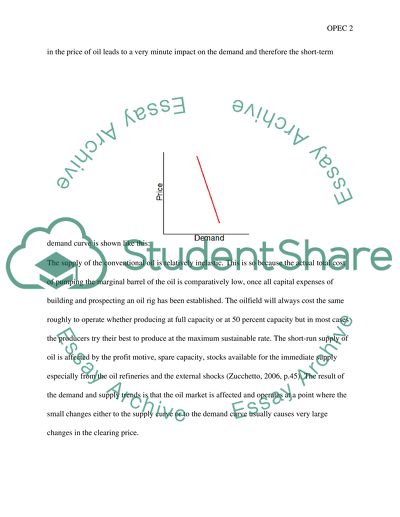Cite this document
(International Oil Industry and the Organization of the Petroleum Report, n.d.)
International Oil Industry and the Organization of the Petroleum Report. https://studentshare.org/marketing/1514873-oil-industry
International Oil Industry and the Organization of the Petroleum Report. https://studentshare.org/marketing/1514873-oil-industry
(International Oil Industry and the Organization of the Petroleum Report)
International Oil Industry and the Organization of the Petroleum Report. https://studentshare.org/marketing/1514873-oil-industry.
International Oil Industry and the Organization of the Petroleum Report. https://studentshare.org/marketing/1514873-oil-industry.
“International Oil Industry and the Organization of the Petroleum Report”. https://studentshare.org/marketing/1514873-oil-industry.


